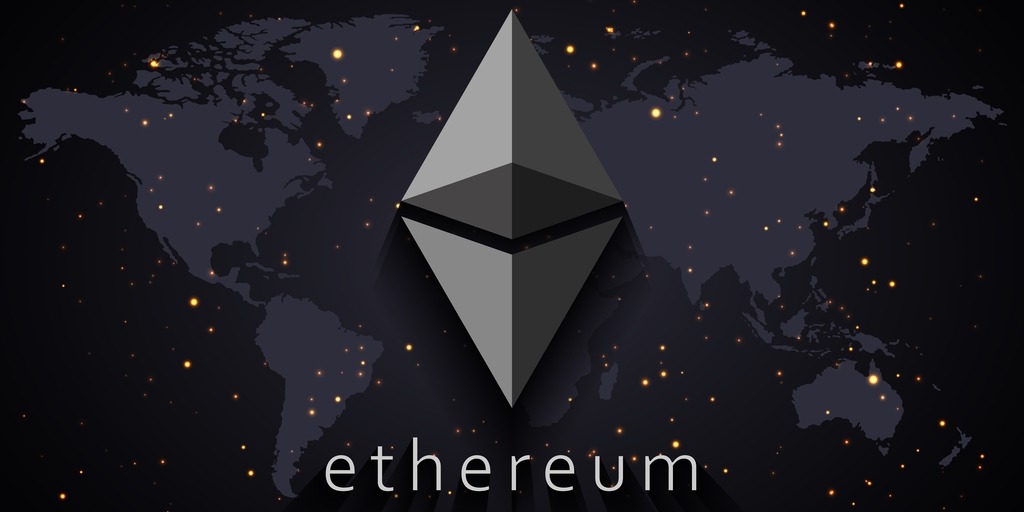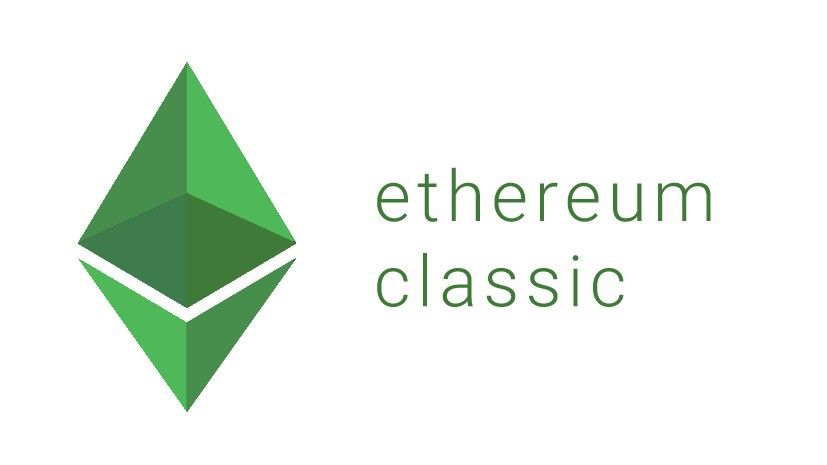Ethereum 2.0: What’s New and What Is The Future Of Ethereum 2.0
Since its inception, Ethereum has been a leading blockchain platform that has enabled developers to create decentralized applications (dApps) with smart contracts. However, Ethereum has faced some major challenges, such as scalability and energy consumption. To address these challenges, Ethereum 2.0 was developed, which aims to bring significant improvements to the platform. In this article, we’ll take a closer look at Ethereum 2.0, its new features, and what you need to know about the future of Ethereum 2.0.
What is Ethereum 2.0?
Ethereum 2.0 is the next iteration of the Ethereum blockchain, which is designed to improve the platform’s scalability, security, and sustainability. The main feature of Ethereum 2.0 is the transition from the current Proof-of-Work (PoW) consensus mechanism to Proof-of-Stake (PoS). This change is expected to significantly reduce the energy consumption of the network, while also increasing the speed and efficiency of transactions.
Ethereum 2.0 also introduces other improvements such as sharding, which is a technique that breaks the network into smaller partitions, or “shards,” to increase scalability. It also includes a new virtual machine (VM) called the eWASM, which allows for more efficient and secure smart contract execution.
Ethereum just levelled up! Now, developers can build faster and more scalable applications with #Layer2 networks. Discover the potential of Ethereum 2.0 and the future of the industry! #Ethereum #Ethereum2 #Blockchain #Crypto
— borcus.eth (@borcuscrypto) April 22, 2023
The Phases of Ethereum 2.0
Ethereum 2.0 is being rolled out in multiple phases, each of which brings new features and improvements to the platform. The first phase, called the Beacon Chain, was launched in December 2020. This phase introduced the PoS consensus mechanism and the Beacon Chain itself, which serves as the backbone of the Ethereum 2.0 network.
The next phase, called the Merge, is set to occur in 2022 and will bring the existing Ethereum blockchain and the Beacon Chain together, forming a single, unified network. This phase will retire the current PoW consensus mechanism, resulting in significant energy savings and improved scalability.
The final phase, called Shard Chains, is expected to be rolled out in the coming years and will introduce sharding to the network. This will allow for even greater scalability and increased throughput, making it possible to support a much larger number of transactions on the network.
Also,, read – The Top 3 Ethereum 2.0 Scams Are Prepared To Strike After Merge
Why Ethereum 2.0 Matters
Ethereum 2.0 brings significant improvements to the Ethereum platform, which is one of the most widely used blockchain platforms for dApps and smart contracts. The transition to PoS will not only reduce the energy consumption of the network, but it will also make it more secure and efficient.
The introduction of sharding and the eWASM virtual machine will further improve the scalability and performance of the network, making it possible to support a much larger number of transactions and applications.
In addition to the technical improvements, Ethereum 2.0 is also expected to attract more developers and entrepreneurs to the platform, who will be able to take advantage of the new features and capabilities. This could lead to even more innovative applications and use cases for the platform.
What You Need to Know About Ethereum 2.0
If you’re interested in the future of Ethereum 2.0, there are a few things you should know now. Firstly, the transition to Ethereum 2.0 will be gradual and phased, so it may take some time before all of the new features and improvements are fully rolled out.
Secondly, the transition to PoS means that Ethereum holders will be able to earn rewards for staking their tokens and helping to secure the network. This is a significant change from the current PoW consensus mechanism, which does not provide rewards for participants.
Finally, it’s important to note that Ethereum 2.0 is still a work in progress, and there may be additional changes and improvements made to the platform in the future. However, with the launch of the Beacon Chain
🌱 Is the future of crypto green? Proof-of-Stake blockchains like #Ethereum 2.0 and #Cardano are leading the way! 🍃 #GreenTech #SustainableCrypto
— Mario Decentralized Bull🐂 (@mariodecentral) April 25, 2023
Top 10 things the future of Ethereum 2.0 holds for us
Here are the top 10 things that are expected in the future of Ethereum 2.0, along with detailed explanations of each:
- Proof of Stake (PoS) – Ethereum 2.0 will introduce a new consensus mechanism based on PoS. This is a major change from the current PoW system that Ethereum (and many other cryptocurrencies) use. The PoS system is more energy-efficient and secure than PoW. In a PoS system, validators are required to put up a certain amount of ETH as collateral to participate in block validation. Validators are rewarded with transaction fees for their work, but their collateral is slashed if they behave maliciously.
- Sharding – Another major change in Ethereum 2.0 is the introduction of sharding. Sharding is a scaling solution that will allow the network to process more transactions per second. The idea behind sharding is to break up the network into smaller pieces called “shards,” each of which can process transactions independently. This will allow for greater parallelism and higher throughput.
- Improved Security – Ethereum 2.0 will have several improved security features. One of the key features is validator penalties. In the PoS system, validators can be penalized if they behave maliciously. For example, if a validator tries to validate an invalid block, their collateral will be slashed. This penalty system is designed to deter malicious actors from attacking the network.
- Easier User Experience – Ethereum 2.0 will also introduce several user experience improvements. One of the biggest changes is the introduction of “account abstraction.” This means that users will be able to use a single address to interact with multiple smart contracts. Currently, users need to create a separate address for each smart contract they interact with.
- More Efficient Smart Contracts – Ethereum 2.0 will introduce several improvements to the smart contract system. One of the most significant changes is the introduction of “eWASM,” a new virtual machine that is faster and more efficient than the current EVM. eWASM will allow for more complex smart contracts and reduce gas fees.
- Lower Transaction Fees – Ethereum 2.0 will introduce several changes that will reduce transaction fees. One of the biggest changes is the introduction of “gas optimizations,” which will make transactions cheaper and more efficient. The PoS system is also more energy-efficient than the current PoW system, which will help to reduce costs.
- Interoperability – Ethereum 2.0 will also improve interoperability with other blockchains. One of the biggest changes is the introduction of “cross-shard communication.” This will allow transactions to be processed across multiple shards, making it easier for different blockchains to communicate with each other.
- Better Privacy – Ethereum 2.0 will introduce several improvements to privacy. One of the most significant changes is the introduction of “zk-SNARKs,” a technology that allows for private transactions. zk-SNARKs allow users to prove that they have certain information without revealing that information.
- Faster Block Times – Ethereum 2.0 will also introduce faster block times. The current block time for Ethereum is around 15 seconds, but this will be reduced to around 12 seconds in Ethereum 2.0. This will help to increase the throughput of the network.
- Better Governance – Finally, Ethereum 2.0 will introduce improvements to governance. One of the most significant changes is the introduction of a “beacon chain,” which will handle the consensus for the entire Ethereum network. The beacon chain will allow for more efficient and effective governance of the network. Additionally, Ethereum 2.0 will introduce a new proposal system that will make it easier for developers to submit and implement changes to the network.
Conclusion
The future of Ethereum 2.0 looks incredibly promising, with many exciting developments on the horizon. From its upgraded consensus mechanism to its scalability solutions, Ethereum 2.0 is poised to solve many of the current limitations of the Ethereum network and propel the platform into a new era of decentralized applications and smart contracts. The implementation of sharding, the introduction of the beacon chain, and the integration of more robust privacy features are all expected to greatly enhance the platform’s capabilities and security.
Moreover, the new staking mechanism, which allows users to earn rewards by validating transactions and maintaining the network, is expected to increase participation in the network and further decentralize the platform. And with the adoption of Ethereum 2.0, we can expect to see the emergence of even more complex and sophisticated decentralized applications that leverage the platform’s new capabilities.
Overall, Ethereum 2.0 represents a significant step forward for the blockchain industry, and its impact is likely to be felt for years to come. As the platform continues to evolve and expand, we can expect to see more exciting developments and innovations emerge, making Ethereum one of the most exciting and dynamic platforms in the blockchain ecosystem.
Stay informed with daily updates from Blockchain Magazine on Google News. Click here to follow us and mark as favorite: [Blockchain Magazine on Google News].
Get Blockchain Insights In Inbox
Stay ahead of the curve with expert analysis and market updates.
latest from tech
Disclaimer: Any post shared by a third-party agency are sponsored and Blockchain Magazine has no views on any such posts. The views and opinions expressed in this post are those of the clients and do not necessarily reflect the official policy or position of Blockchain Magazine. The information provided in this post is for informational purposes only and should not be considered as financial, investment, or professional advice. Blockchain Magazine does not endorse or promote any specific products, services, or companies mentioned in this posts. Readers are encouraged to conduct their own research and consult with a qualified professional before making any financial decisions. The featured image used is just a creative depiction of the title and it does not intend to hurt sentiments of any person or institution. If it hurts anyone sentiments, please do not hesitate to reach out to Blockchain Magazine.

 Bitcoin
Bitcoin  Ethereum
Ethereum  XRP
XRP  Tether
Tether  Solana
Solana  Dogecoin
Dogecoin  USDC
USDC  Cardano
Cardano  Lido Staked Ether
Lido Staked Ether  TRON
TRON  Chainlink
Chainlink  Avalanche
Avalanche  Sui
Sui  Wrapped stETH
Wrapped stETH  Wrapped Bitcoin
Wrapped Bitcoin  Stellar
Stellar  Toncoin
Toncoin  Hedera
Hedera  Shiba Inu
Shiba Inu  Polkadot
Polkadot  WETH
WETH  LEO Token
LEO Token  Bitcoin Cash
Bitcoin Cash  Litecoin
Litecoin  Hyperliquid
Hyperliquid  Bitget Token
Bitget Token  Official Trump
Official Trump  Uniswap
Uniswap  Pepe
Pepe  Wrapped eETH
Wrapped eETH  USDS
USDS  NEAR Protocol
NEAR Protocol  Ethena USDe
Ethena USDe  Aave
Aave  Aptos
Aptos  Internet Computer
Internet Computer  Ondo
Ondo  WhiteBIT Coin
WhiteBIT Coin  Cronos
Cronos  Ethereum Classic
Ethereum Classic  Monero
Monero  Mantle
Mantle  POL (ex-MATIC)
POL (ex-MATIC)  Render
Render  Dai
Dai  Algorand
Algorand  MANTRA
MANTRA  Bittensor
Bittensor 




